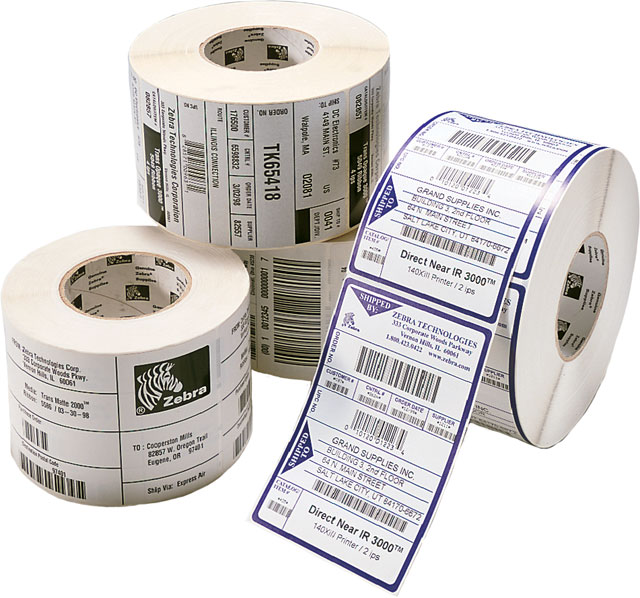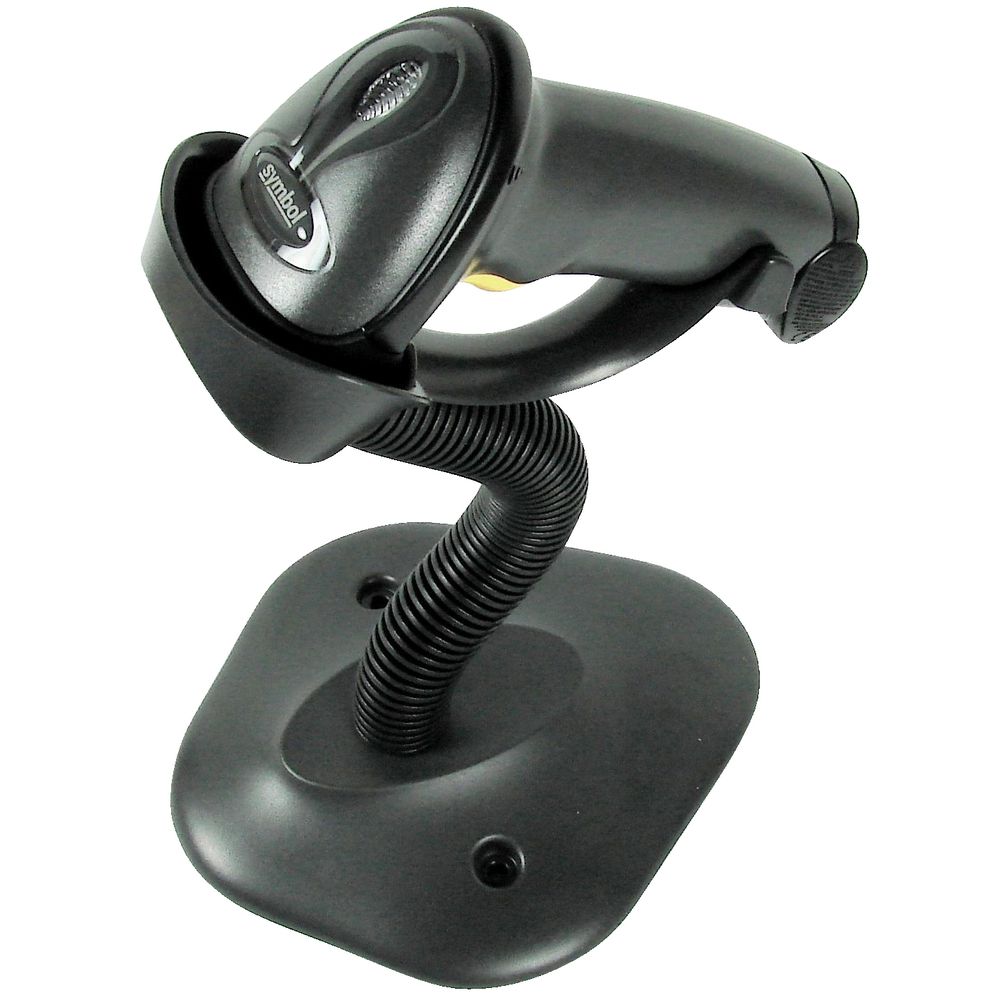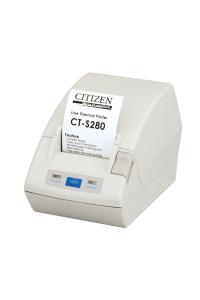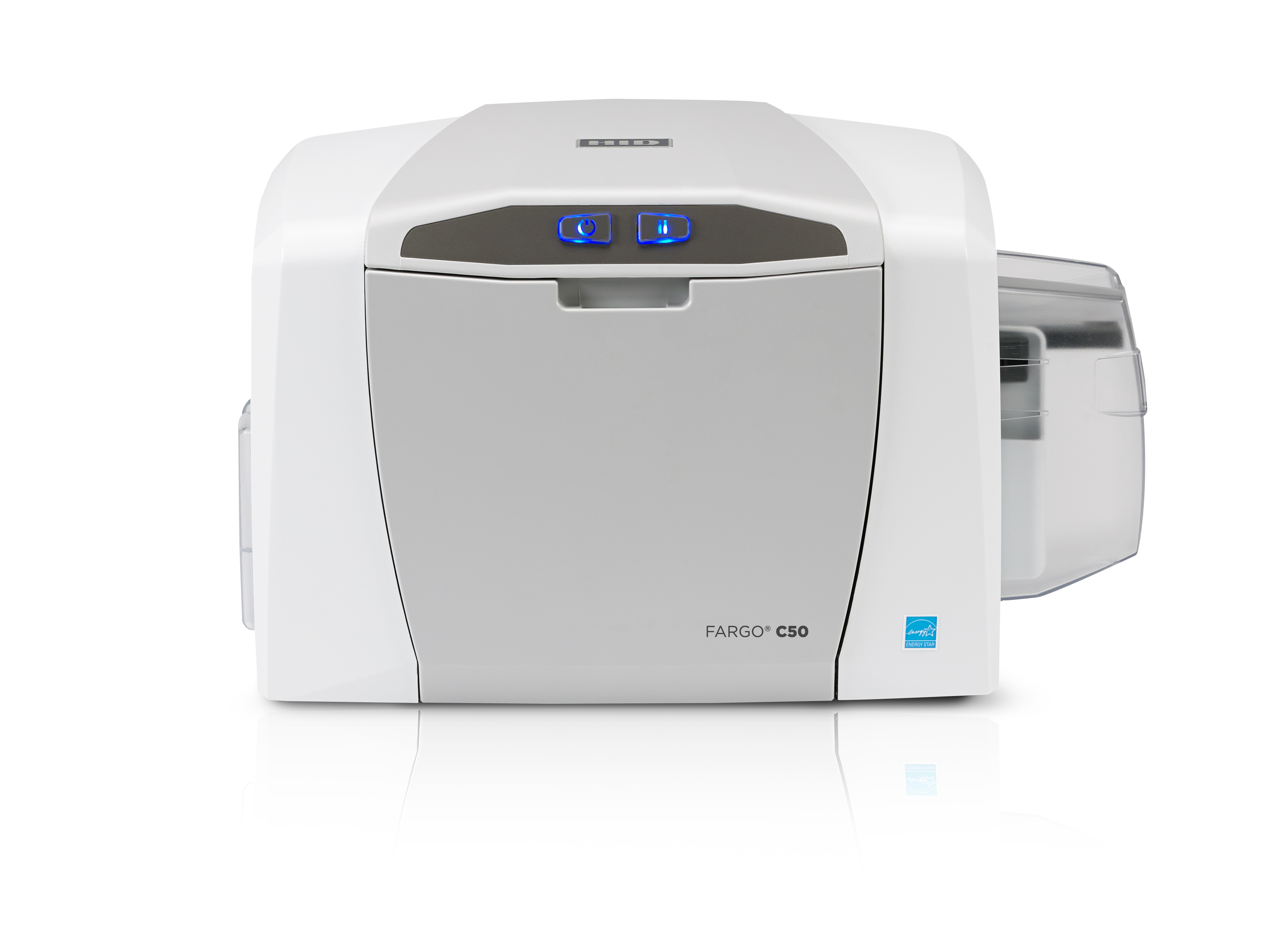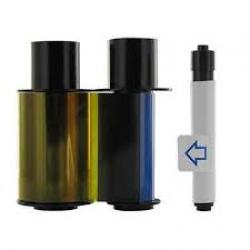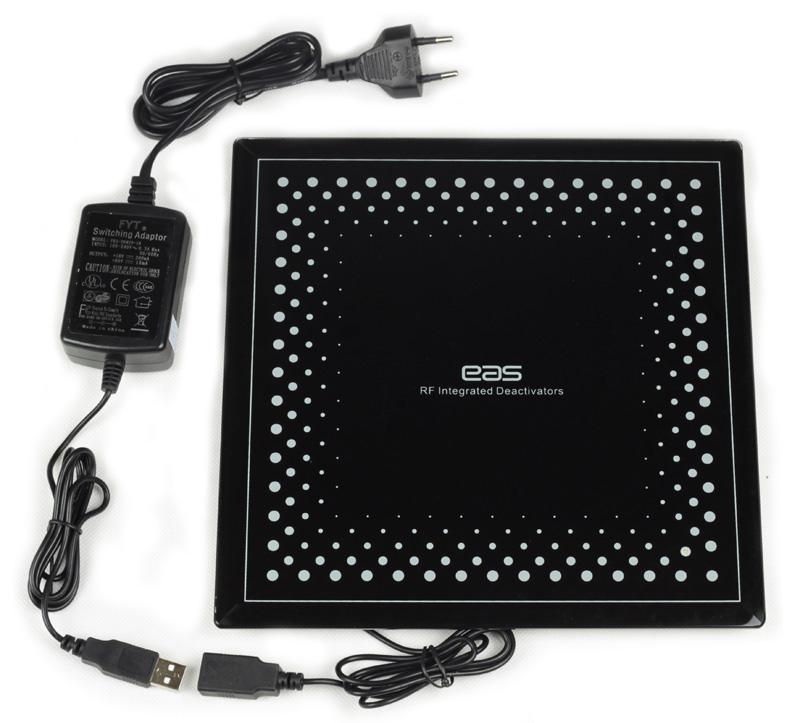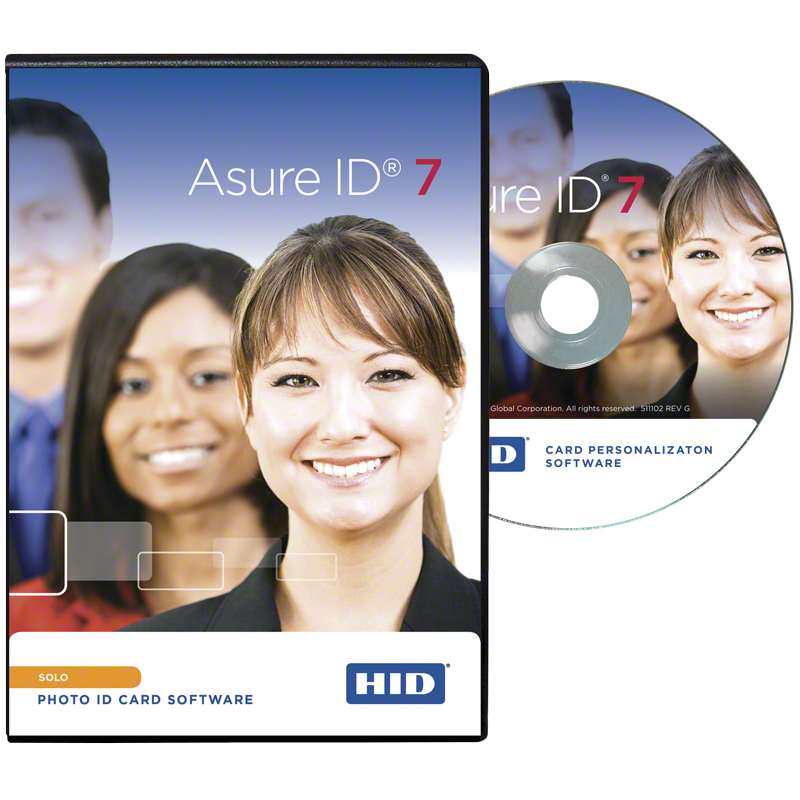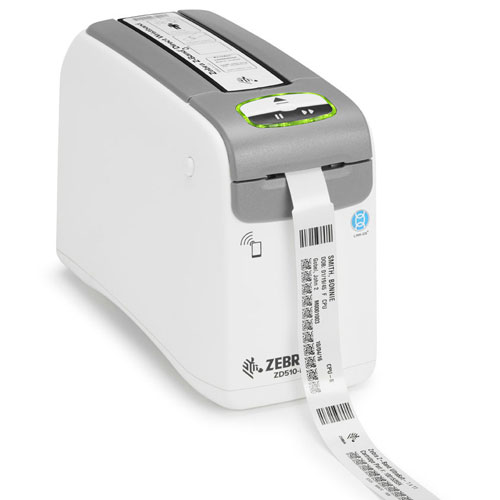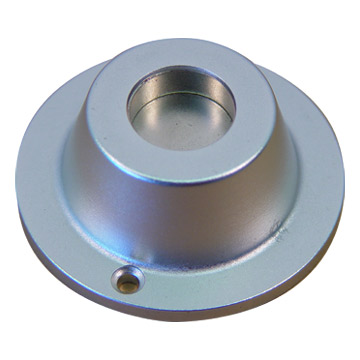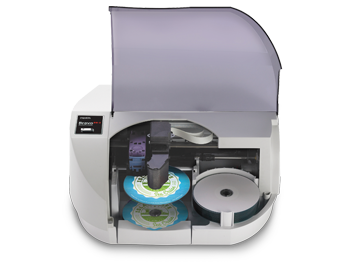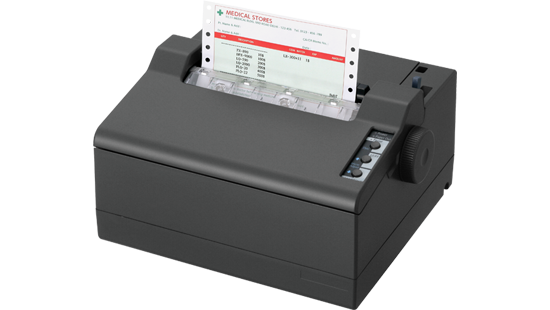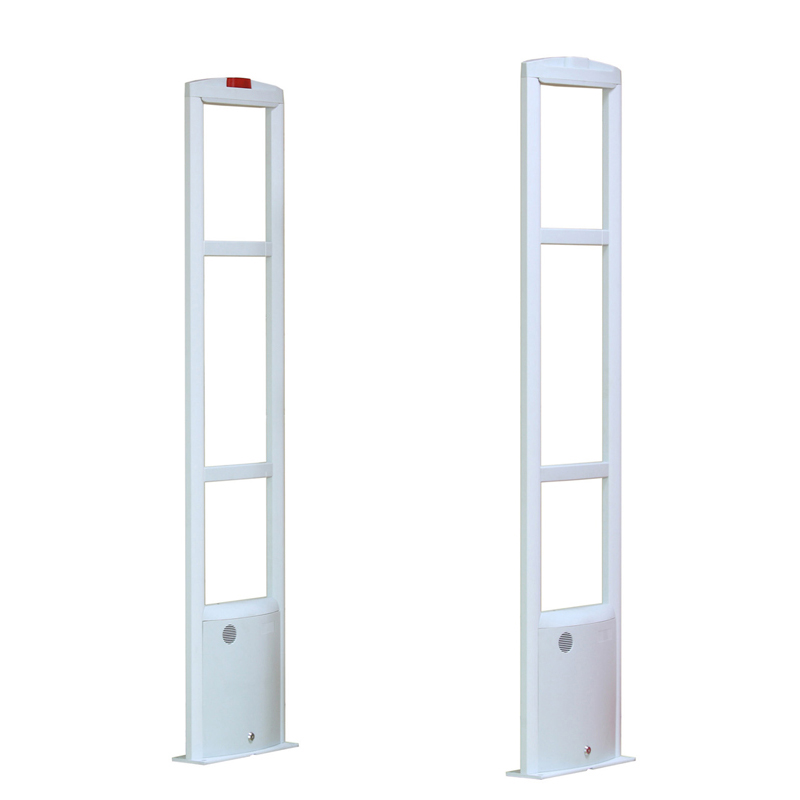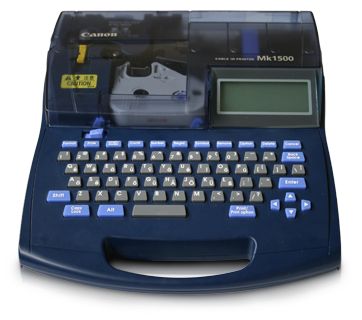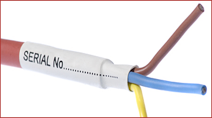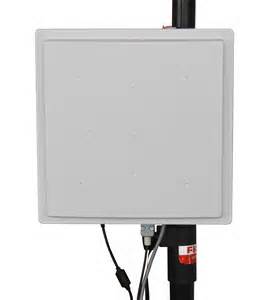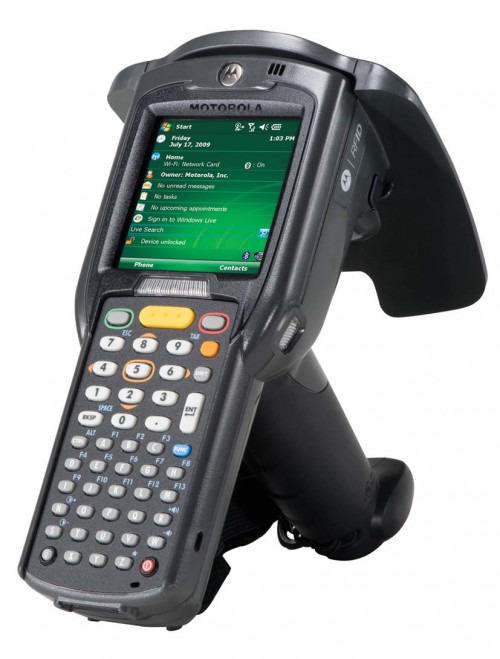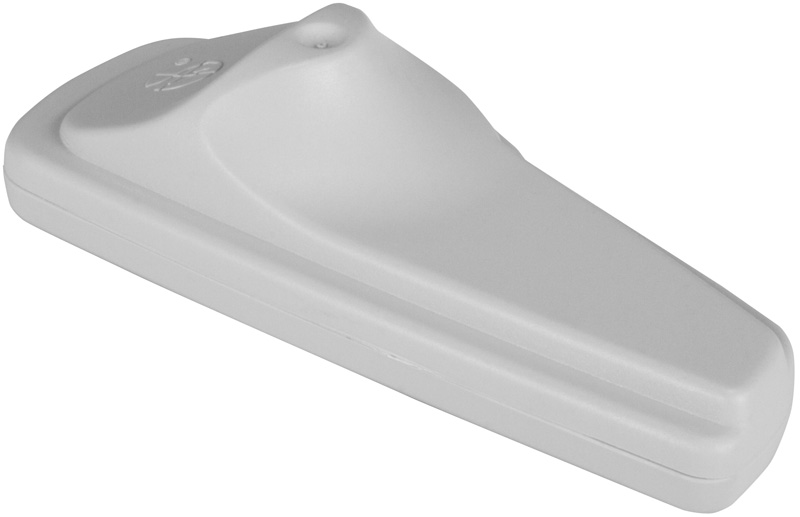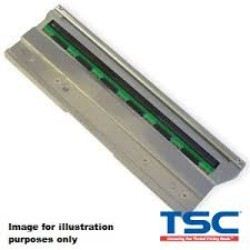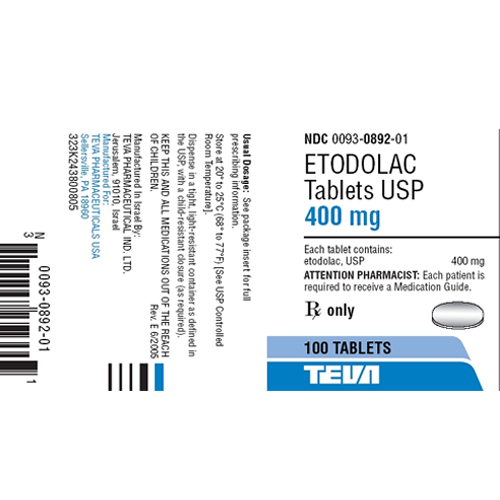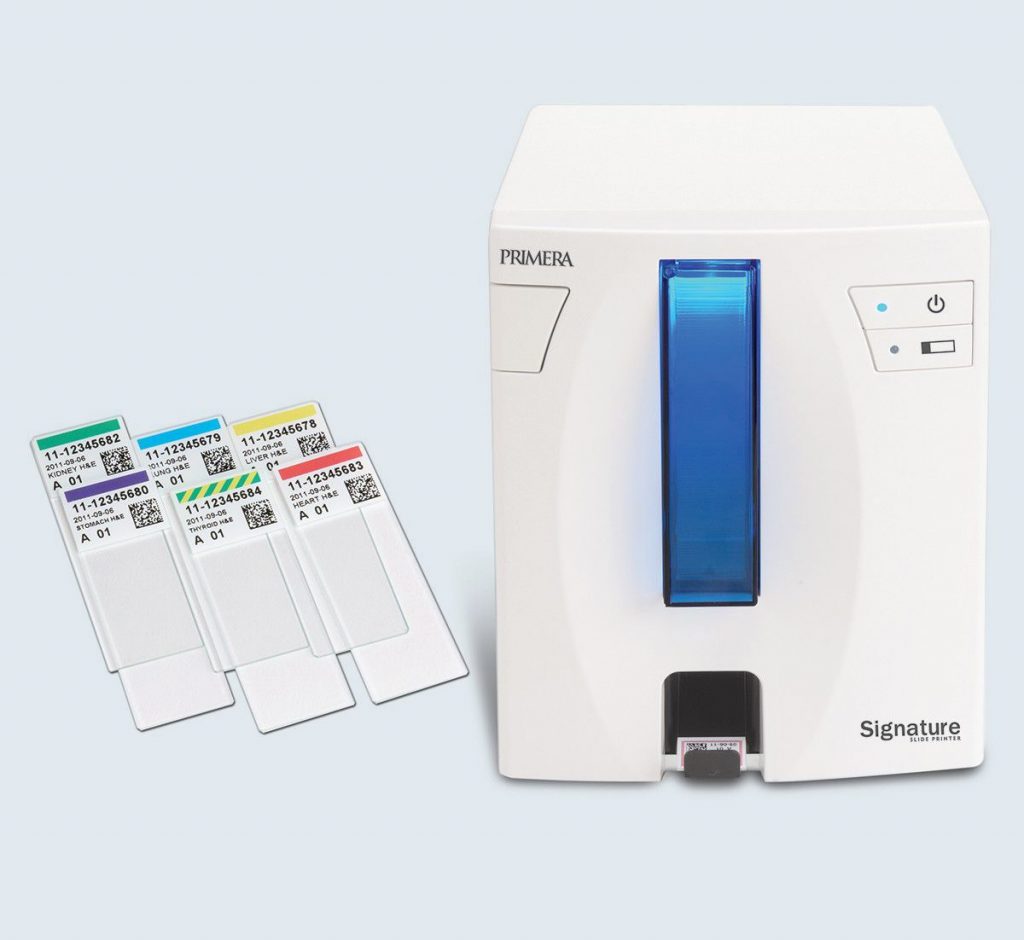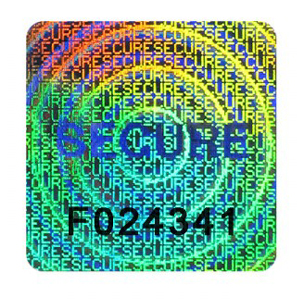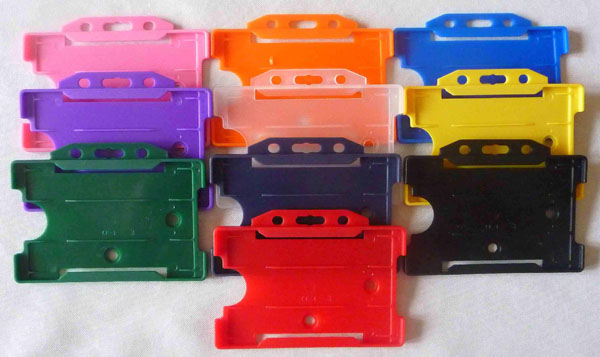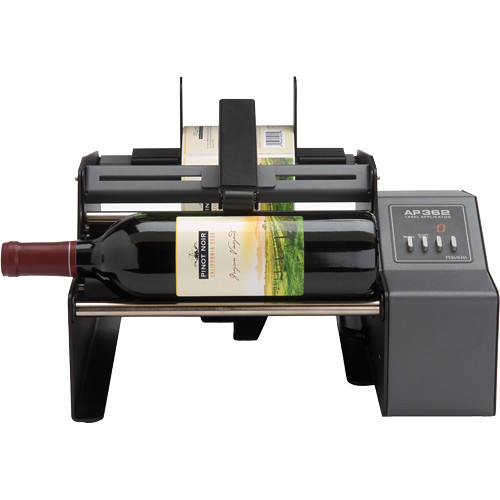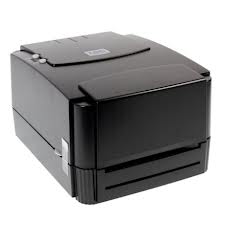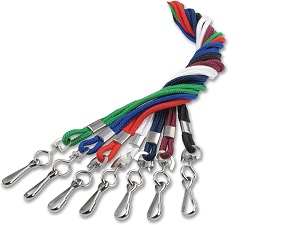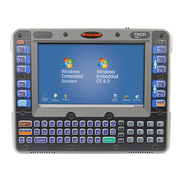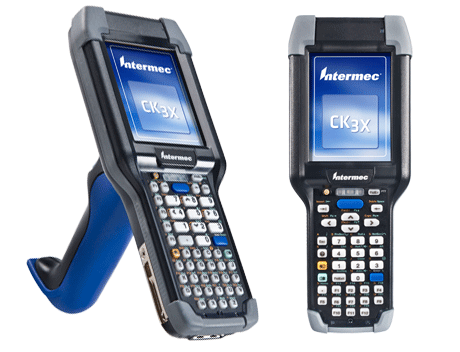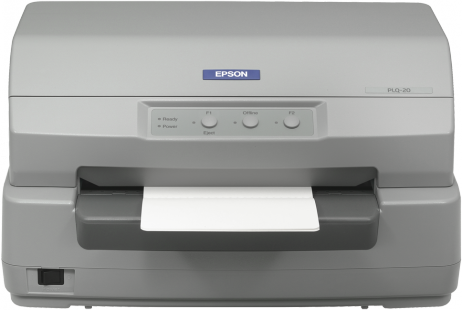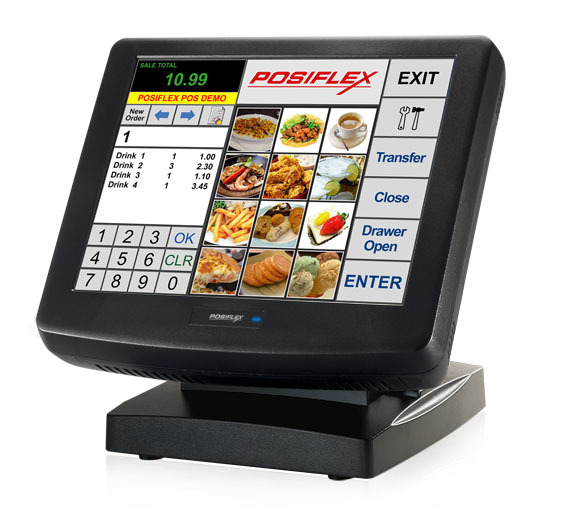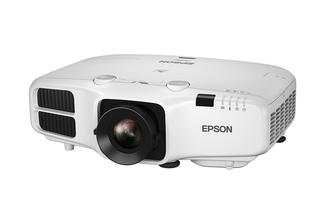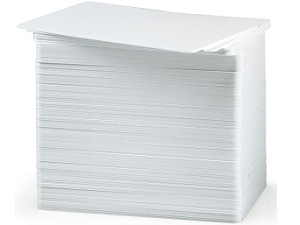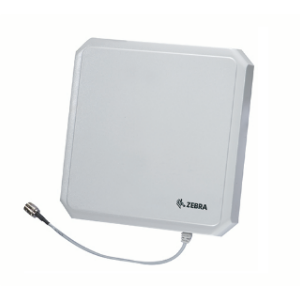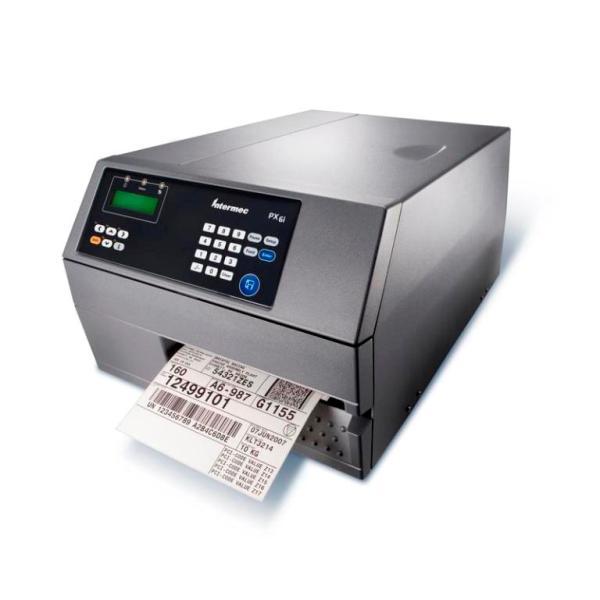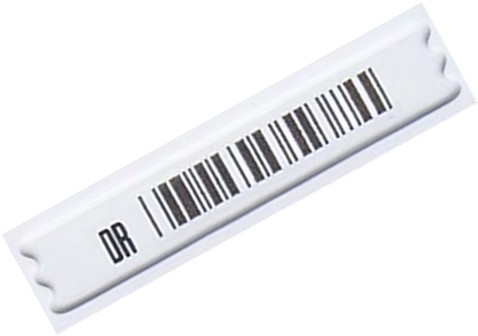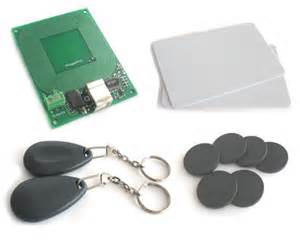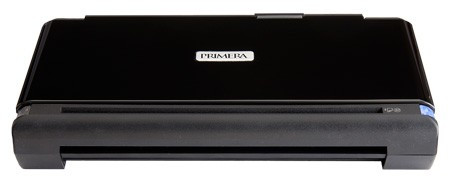 |
 |
 |
 |
Over the past several years, there have been some interesting developments in barcoding solutions for improved processes in government agencies. The use of barcoding technology is already widespread for some functions within the public sector, such as in libraries, with the process of checking in and checking out books and other materials. But for those proposing innovative uses of barcodes, current technology allows for far more than these traditional applications. Identification cards can be tied to attendance records, meal plan management systems and electronic payment accounts, as well.
In other government applications, there are even more possibilities. Mobile scanners and printers enable more efficient and accurate issuing of electronic citations for parking monitors and inspectors, and these devices can communicate this information back to a central system in real time. Scanners and printers can also streamline and help ensure accuracy in the process of issuing these documents.
Barcode printers and scanners can also provide a much needed solution for record keeping, allowing you to track document movement and inventory, which is often a challenge for governmental departments bound by open records laws.
In a time when everyone especially those who work with schools, libraries and the public sector is being asked to do more with less, barcoding technology is a cost-effective mechanism to improve departmental organization and performance. It can also help free up valuable human capital to work on areas where such organizations may be stretched thin.









